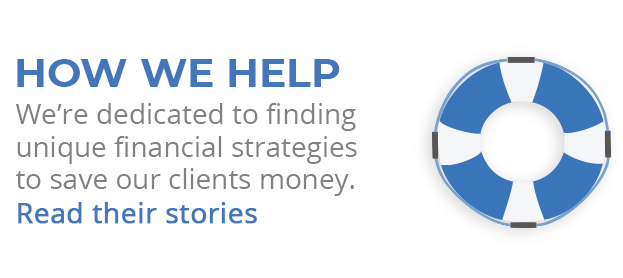How many 401(k)s have more than $100k in them? According to the Employee Benefit Research Institute (EBRI), the average 401(k) balance at the end of 2012 was $63,929. Even with stocks rising last year, the average balance likely remains underwhelming.
Is this enough money to retire on? No – and this is only part of America’s retirement dilemma. There is inequity in retirement savings – some households have steadily contributed to retirement accounts, others have not. Additionally, IRAs, 401(k)s and 403(b)s can suffer when stocks plunge, with the most invested potentially having the most to lose.
There is no perfect retirement savings plan, and there probably never will be – but ideas are emerging to try and address these problems.
Will MyRAs help more workers save? Over 40% of Americans don’t have a chance to participate in tax-advantaged workplace retirement plans. Last week, President Obama authorized the Treasury to create a new retirement savings account for them – the MyRA.
Technically speaking, the MyRA is a Roth IRA with one savings option. After-tax dollars going into the account would be invested in a new type of federal savings bond. As the White House told NPR last week, a MyRA would offer the same variable rate of return as that of the Thrift Savings Plan (TSP) Government Securities Investment Fund. From 2003-12, the TSP’s GSIF returned an average of 3.61% annually.
A Roth IRA with one savings option may not sound very exciting, but the MyRA isn’t about excitement. A MyRA would feature principal protection with tax-free growth. Employees who earn as much as $191,000 a year could invest in one, contributing as little as $5 per paycheck. The federal government would pay account fees for MyRA owners and hire an institutional investment manager to oversee the program.
A MyRA would act as a “starter” retirement account for hampered or reluctant savers: MyRA assets of $15,000 or more would be automatically rolled over into Roth IRAs.
Analysts see three drawbacks to MyRAs. One, accountholders will apparently be able to withdraw their assets at any time. As IRA guru Ed Slott tells Reuters, workers would “have to look at it as a long-term savings account and not a slush fund” to get the most out of participating. Two, enrollment will be voluntary, and “if you don’t have automatic enrollment, then not a lot of people are going to use it,” cautions Alicia Munnell, director of the Center for Retirement Research at Boston College. Three, the rate of return on a MyRA would be well under historical norms for stocks.
How about the USARF? Speaking of automatic enrollment, Sen. Tom Harkin (R-IA) proposes creating the USA Retirement Funds, a new private pension program. Workers would automatically defer 6% of their paychecks into these investment funds, which would be overseen by the federal government yet managed by independent trustees. Employees would be in unless they opted out. Employers wouldn’t be required to match employee contributions, and they wouldn’t shoulder any fiduciary liability for plan assets; they would simply deal with payroll deductions. Low-income participants could qualify for a “refundable savers credit” – the USARF would match as much as $2,000 of their annual contributions via direct deposit.
A worker could contribute up to $10,000 annually to the USARF, with $5,500 in yearly catch-up contributions permitted for those 50 and older. Employers could optionally make per-employee contributions of up to $5,000 per year, but contributions could not vary per employee. The funds wouldn’t offer any principal protection for plan participants, but they would get a pension-like income for life, complete with survivor benefits and spousal protections. Defined benefits would only be reduced a maximum of 5% in a downturn.
And how about the cash balance plan? A cash balance plan is a pooled retirement trust with characteristics of an old-school pension plan. The employer funds the plan and plan trustees make investment decisions instead of plan participants. The employer contributes X amount of dollars into each employee’s “account.” The contribution is based on X% of employee pay plus a fixed-interest crediting rate, usually around 4-5%. Assets tend to be conservatively invested, and annual contribution limits are age-weighted for shareholders – they can be much greater than those for 401(k)s. A retiree ends up with either a lump sum or lifelong income based upon their end salary. These plans are often combined with 401(k) profit-sharing plans.6
During the 2000s, the number of cash balance plans grew by about 20% a year – and the trade journal Pension & Investments thinks they will be as common as 401(k)s in the coming years.

About the Independent Financial Advisor
Robert Pagliarini, PhD, CFP®, EA has helped clients across the United States manage, grow, and preserve their wealth for the past 25 years. His goal is to provide comprehensive financial, investment, and tax advice in a way that was honest and ethical. In addition, he is a CFP® Board Ambassador, one of only 50 in the country, and a real fiduciary. In his spare time, he writes personal finance books, finance articles for Forbes and develops email and video financial courses to help educate others. With decades of experience as a financial advisor, the media often calls on him for his expertise. Contact Robert today to learn more about his financial planning services.










